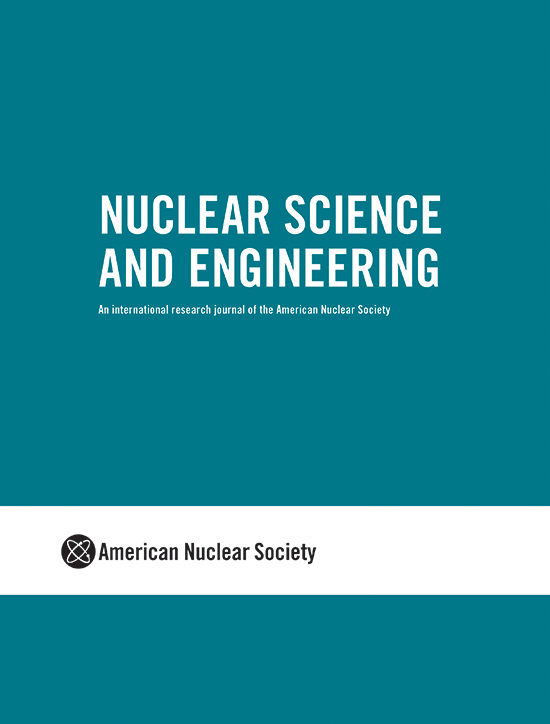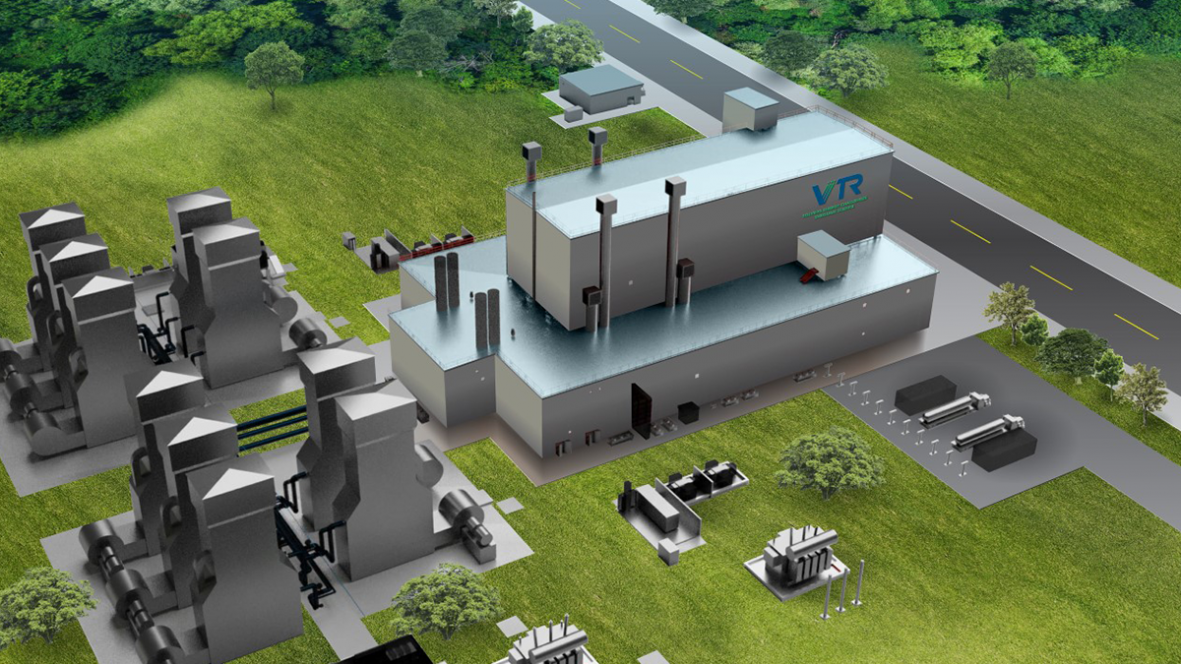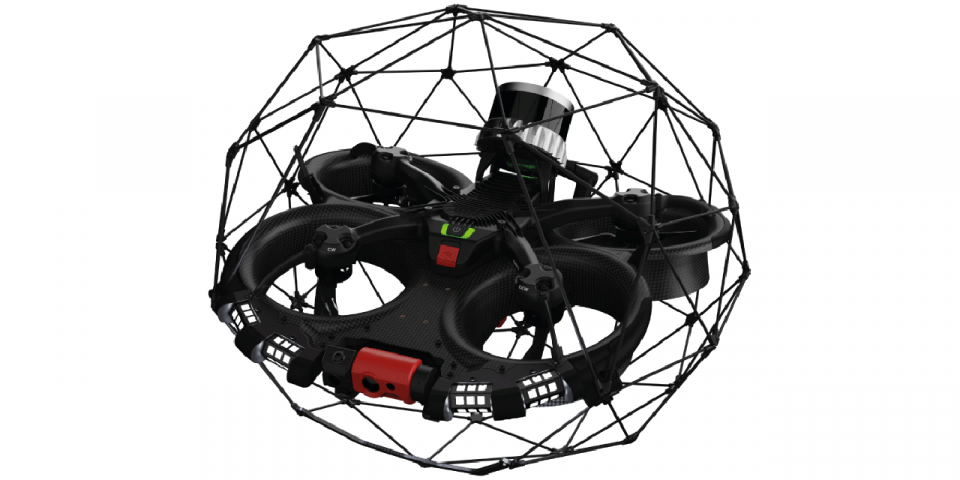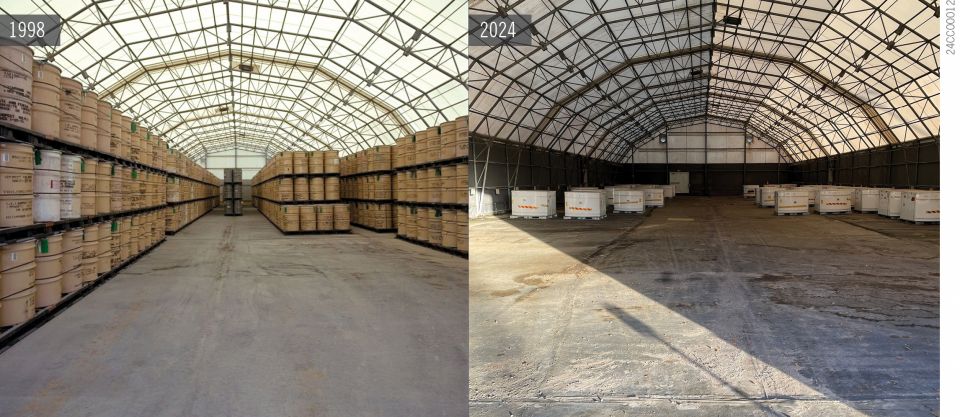
Initiated by the DOE; led by INL: The project was first conceived in 2018 as a solution to fill a gap in our domestic research and development infrastructure. To reach our nation’s climate and energy goals, there is a need for high-flux and high-energy neutron irradiation capability—and this is what the VTR aims to do. The project is being led by Idaho National Laboratory on behalf of the DOE-NE. Argonne, Los Alamos, Oak Ridge, Pacific Northwest, and Savannah River National Laboratories, as well as 19 universities and 10 industry partners, have cooperated on the conceptual design. If appropriated by Congress, the state-of-the-art 300-MW sodium-cooled VTR would be the first fast-spectrum test reactor to operate in the United States in nearly three decades.
Accelerating U.S. research: Currently, only Russia possesses this kind of R&D capability, with China quickly closing in on its technological heels. Developing a domestic VTR would have several important benefits for the U.S. nuclear energy industry:
Enhancing the global competitiveness of the U.S. nuclear energy industry.
Promoting nuclear safety and security.
Helping the U.S. more effectively collaborate with international nuclear energy partners.
Easing test scheduling constraints and enhancing flexibility in testing objectives, greatly expanding the types of tests that could be conducted.
The VTR will enable the research community to test nuclear materials ten times faster than current technology allows. Dozens of U.S. companies looking to build advanced reactors with unique capabilities, such as passive safety systems and spent fuel recycling, would benefit from access to this technology.
“A diverse set of design options will be invaluable in helping us make nuclear energy universally affordable, equitable, and reliable,” said Piyush Sabharwall, a senior research scientist at INL. “R&D infrastructure must be able to support the progression of a range of reactor designs with different characteristics,” he added. “Even though its mission is focused on irradiation tests, it is anticipated that this experimental facility will have a multipurpose mission for its expected operational lifetime.”
Formally announced in 2019, the VTR entered the engineering design and construction phase in September 2020.
“Access to the VTR will motivate a new generation of nuclear scientists and engineers,” said Sabharwall. “Not only does it support science interests at large, but the ability to perform high-energy-neutron experiments over large test volumes will foster the development of new designs beyond those already under consideration.”
The VTR special issue, composed of 21 articles, is fully open access and free for all to read. It can be viewed in its entirety on the Nuclear Science and Engineering website. As Pasamehmetoglu and Ougouag write in their foreword, “We hope that besides documenting the design status of the VTR, this special issue will help inspire the future users of the VTR in terms of potential additions to experimental capabilities as the design progresses.”









